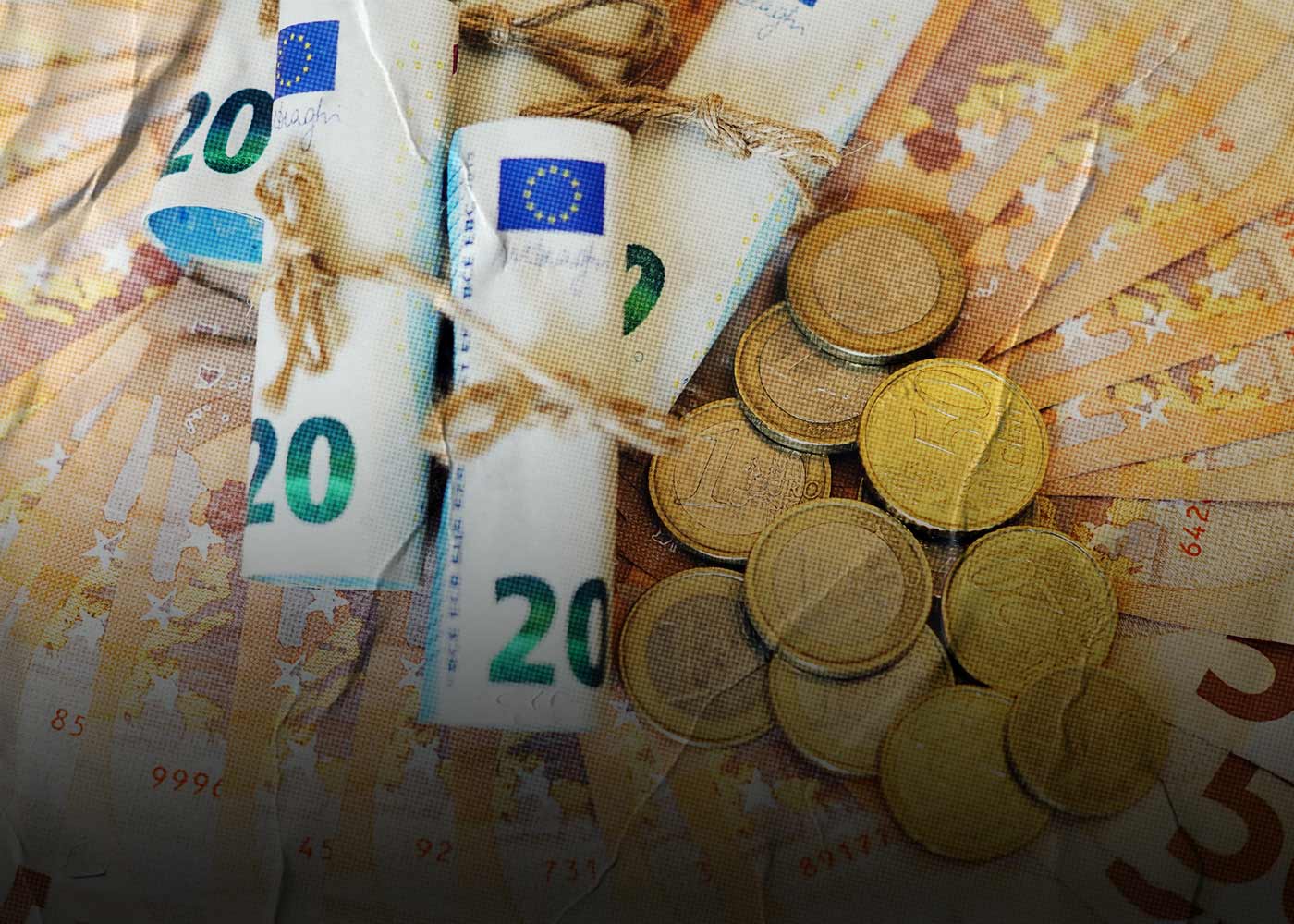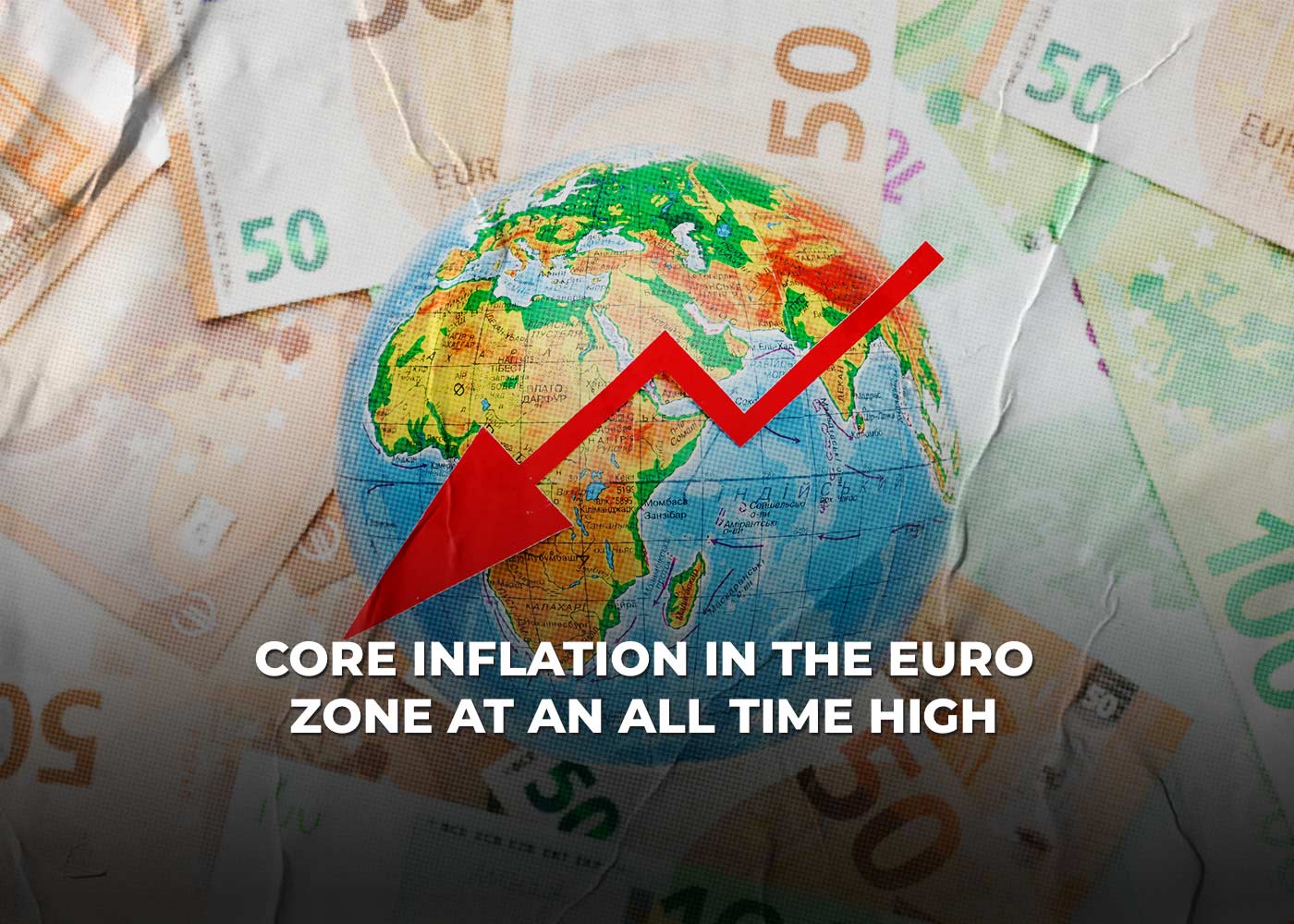
Particularly in Europe, solutions to inflation figures have been sought for a long time. The war between Russia and Ukraine, the preceding cattle epidemic, drought and energy problems have caused inflation to rise significantly worldwide. Undoubtedly, the echo of this situation was felt in many regions, especially in the eurozone.
Core Inflation On The Upswing
In January, the core inflation rate in the euro zone was revised upward from 5.2% to 5.3%, reaching an all-time high. The European Statistical Office (Eurostat) released the eurozone inflation figures for January.
According to the report, core inflation reached 5.3%, above the previous estimate of 5.2%. The monthly decrease of 0.2% was in line with forecasts.

What Is that?
Core inflation is an indicator that excludes out-of-control, exogenous, and seasonally fluctuating items such as food and energy.
The headline inflation rate, which includes food and energy, rose 0.1 percentage points to 8.6% after the release of the latest German data, which were above initial forecasts. According to Eurostat, the war in Ukraine has exacerbated the price shock triggered by rising energy costs in Europe.
Updated figures showing that inflation in the eurozone hit a record high in January supported the European Central Bank’s (ECB) intention to raise interest rates by another half percentage point next month.
At their latest meeting, officials led by ECB President Christine Lagarde decided to raise the deposit rate to 3% from 2.5%.








